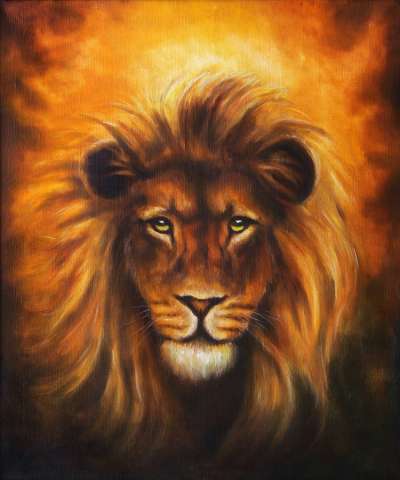Please Note: this material was created for use in a classroom, but can be easily modified for homeschooling use.
Background Information on African Folk Tales.1. STRING SOMEONE ALONG WITH A STRING STORY
'"The Cat's Cradle" is one of the most well known string stories. No one knows exactly where it came from; the Chinese call it "well rope" and the Koreans call it "woof taking." The four most well known figures are the Cat's Cradle, the Soldier's Bed (in France it's called "Scissors"), Cat's Eye (in England it's called "Diamonds"), and Fish-in-a-Dish. An excellent resource book is Strings on Your Fingers, How to Make String Figures by Harry and Elizabeth Helfman, with illustrations by William Meyerriecks (New York: Morrow, 1965).
2. A STUDY OF ANANSI THE SPIDER
Secure a selection of trickster tales in which Anansi plays the key role. There are many picture books available, including Gerald McDermott's Caldecott award winning Anansi the Spider. Keep track of the transformations of the spider (changing shape and form), the way the spider plays its tricks to get what it wants, the other characters in the story, and so on.
3. THE DILEMMA TALE
Select a good story and read it just so far and then close the book. Have students suggest a variety of solutions. After the suggestions, read the ending that the book provides. This can lead to many versions of the same tale, and students can begin to get an inkling of why many tales are similar yet different. This can lead to "Story Starters" where just the first sentence or paragraph is given.
4. STORY DRUMS
Decorate cylindrical containers with story illustrations. A skin top can be made from chamois (available in the auto repair section of a variety store). Using their hand or hands (the heel of hand, fingertips, thumb) students can make a variety of sounds and learn to beat the drum as a story accompaniment.
5. AFRICA MAP SHAPE
Cut out a giant shape of Africa from orange paper and place it on the bulletin board. Students can learn the names of the rivers, major cities, crops, where various tribes live, etc., and can place this information on the sunny orange continent shape. Have them pinpoint locations of story settings from books they read. The ABC Book Ashanti to Zulu by Margaret Musgrove gives valuable information about the people.
6. CREATIVE WRITING
Have students create a trickster tale and write it on an oval shape (representing a spider body). Give them a story stem, such as: "Anansi has been promised a ride by crocodile to the other side of the river bank, only if he will ride on the nose of the crocodile." Make a colorful book cover, with four dangling legs on each side.
7. A BRE'R RABBIT FESTIVAL
Students can read a variety of Bre'r Rabbit tales and have a storytelling festival. They can make masks and puppets to embellish the stories.
8. ANIMAL STUDY
The stories about such animals as the rhinoceros, the hippopotamus, and the crocodile can lead to some spelling challenges. It also provides an opportunity to learn more about the animals, their habitat, whether they are predator or prey, and so on. Students can make an Animal Book for their study of real-life animals in nature.
9. INVITE A STORYTELLER TO CLASS
Invite a librarian or someone who enjoys telling stories for children to the class. If this is not possible, secure a videotape or a recording from the local library. Sit back and enjoy the tale.
10. REALIA
Contact the local Historical Society or the Department for African Studies at a nearby college or university, and arrange to have a guest speaker come to talk about this distant land. Often guests bring samples with them, such as kente cloth, masks, drums, batiks, thumb piano, wood carvings, and dolls for students to enjoy.
Get the most out of reading African folk tales by using these worksheets. This is a great lesson plan to use during Black History Month and when studying African-American history.




